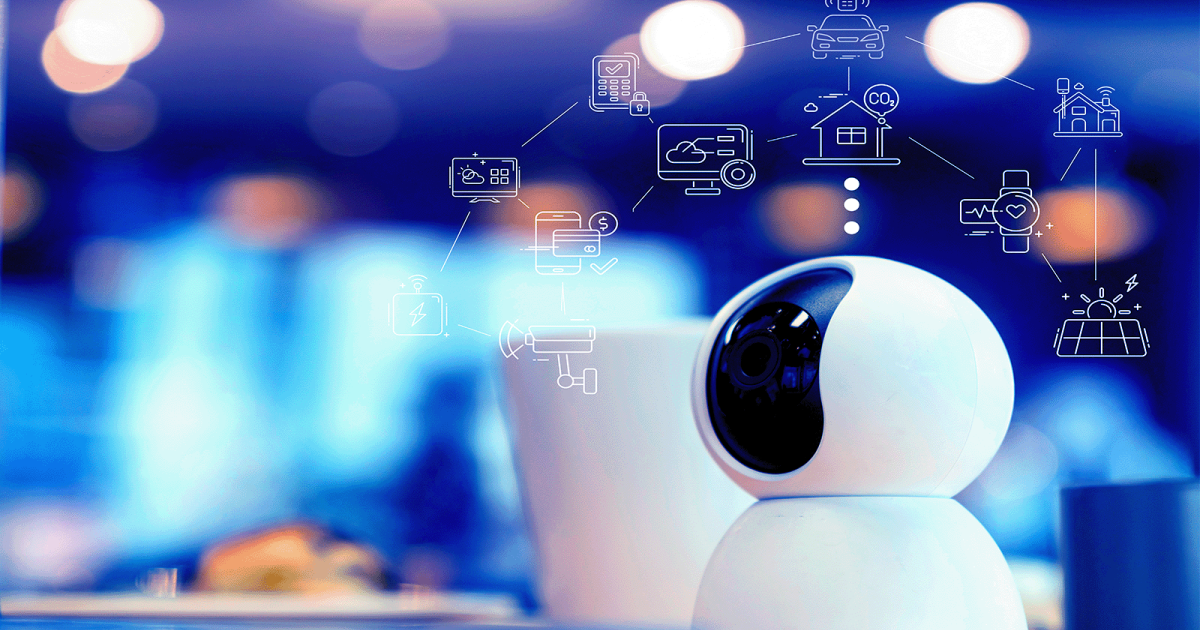- Home
- The Internet of Things (IoT)
- What Are IoT Sensors and How Do They Work?

IoT sensors, or Internet of Things sensors, are devices that collect data from the physical world and transmit that data to other devices or systems over the internet. These sensors play a crucial role in the broader field of IoT, enabling the collection of real-world data for various applications, from smart homes and cities to industrial automation and healthcare.
Data Collection: IoT sensors are designed to detect and measure specific physical properties or environmental conditions. These properties can include temperature, humidity, light levels, motion, pressure, proximity, and many others. There are various types of sensors, such as temperature sensors, motion sensors, humidity sensors, and more, each specialized for a particular type of data.
Data Sensing: The sensor’s primary function is to sense changes or variations in the physical world. For example, a temperature sensor will measure the ambient temperature, and a motion sensor will detect movement within its detection range.
Many IoT sensors are equipped with microcontrollers or processing units that can perform some initial data processing. For instance, a sensor might average multiple temperature readings to provide a more accurate measurement, or a motion sensor might trigger an event only when specific conditions are met.
Once the sensor has collected and possibly processed the data, it needs to transmit this data to other devices or systems. IoT sensors use various communication technologies, such as Wi-Fi, cellular networks, Bluetooth, Zigbee, LoRa, or other wireless protocols, to send the data to a central hub or server. The choice of communication method depends on the application’s requirements, including range, power consumption, and data volume.
Data from multiple sensors can be aggregated at a central location or IoT gateway. This central hub can process, store, and analyze the data from multiple sensors, allowing for a holistic view of the environment or system being monitored.
The collected data can be stored in databases or cloud services. Analytical tools and algorithms can then be used to derive insights, identify patterns, or trigger actions based on the data. For example, in a smart home, temperature sensors can trigger the air conditioning system to turn on when the temperature rises above a certain threshold.
The data can be presented to end-users or other systems through web interfaces, mobile apps, or other means. This allows users to monitor and control devices or systems remotely.
IoT sensors can be found in a wide range of applications, including smart agriculture, healthcare, industrial automation, environmental monitoring, and more. They provide the foundation for the Internet of Things by enabling the collection of real-time data, which can be used to make informed decisions, optimize processes, and enhance the quality of life.
Source : What Are IoT Sensors and How Do They Work?” Link
© 2023 – TrainMeHub. All Rights Reserved.
